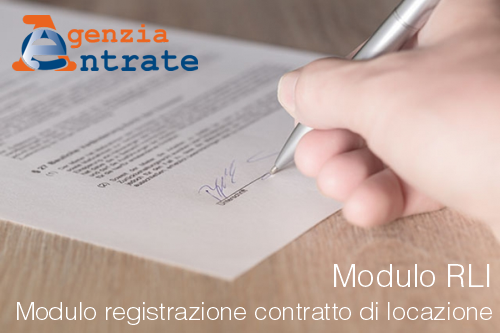
Precision of test methods to assess the release of organic substances from construction products
JRC, 20.04.2020
The precision of the methods developed by the European Committee for Standardization (CEN) to assess the release of dangerous organic substances from construction products was evaluated as part of the validation of the methods aiming to convert them in EU standards.
This evaluation of precision was done by an interlaboratory comparison organised by the Joint Research Centre (JRC) of the European Commission, in support of the Regulation 305/2011/EU (Construction Products Regulation).
The present study focused on organic substances since inorganic substances were studied in previous work. The objective of this work was to evaluate for organic substances the precision (repeatability and reproducibility) of the methods developed by CEN Technical Committee 351 on dynamic surface leaching and up-flow percolation procedures from construction products, analysis of leachates/eluates and content analysis.
This was done by comparing the results obtained by different laboratories when they analysed samples obtained from the same materials using the CEN methods under validation. The materials and analytes were proposed by CEN Technical Committee 351 to cover a reasonable range of products and substances at measurable levels. Validation plans were drawn up by the JRC in agreement with CEN/TC351.
The tested substances were biocides, phthalates, mineral oil, polycyclic aromatic hydrocarbons (PAHs) and polychlorinated biphenyls (PCBs); and the selected construction products were render, sealant, asphalt aggregate and recycled aggregate.
The methods assessed were horizontal dynamic surface leaching test CEN/TS 16637-2; horizontal up-flow percolation test CEN/TS 16637-3; content of organic substances – methods for extraction and analysis CEN/TS 17331; and analysis of organic substances in eluates CEN/TS 17332. Specific methods were used for the determination of biocides (WI 351035) and PAHs (WI 351034).
Raw materials were obtained from industrial providers and processed to obtain laboratory samples at the JRC premises in Geel, Belgium. This interlaboratory test was open to expert laboratories from all Member States. Despite all efforts to recruit a higher number of participants, eventually 12 laboratories registered to the study and reported results; between 5 and 7 laboratories analysed each of the product following the CEN methods mentioned above. Precision of the reported results was evaluated according to ISO 5725-2.
The obtained values for repeatability and reproducibility are shown in the annexes of this JRC report, together with the content levels, for each construction product and analyte within this study. For the dynamic surface leaching test CEN/TS 16637-2, relative repeatability standard deviation (RSDr) was 6 % and relative reproducibility standard deviations (RSDR) was 54 % (median values). Because of limited stability of biocides in water, it is recommended to assess their release at leaching times shorter than 64 days and to store the leachates in dark glass bottles at 4ºC. For the up-flow percolation test CEN/TS 16637-3, RSDr of 20 % and RSDR of 70 % were obtained as median values.
For the analysis of eluates, RSDr were 2-32 % and RSDR were 23-51 %. And for content analysis, the values for RSDr are 6-9 % and for RSDR 27-63%. Due to the limited number of participants, any conclusion or recommendation must be made with the utmost care. However, despite the limited number of participants which might affect the robustness of this study, the results obtained for organic substances are consistent with the ones obtained for inorganic substances. Therefore it seems reasonable to incorporate the RSD values for organic substances to the standard methods.
...
Fonte: JRC
Collegati:
Allegati
|
Descrizione |
Lingua |
Dimensioni |
Downloads |
 |
|
EN |
4499 kB |
0 |



































